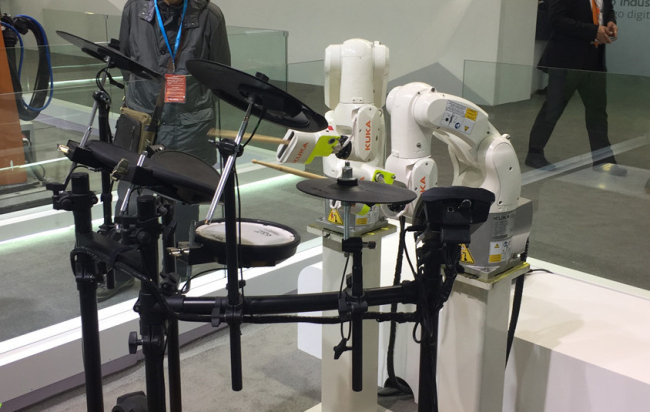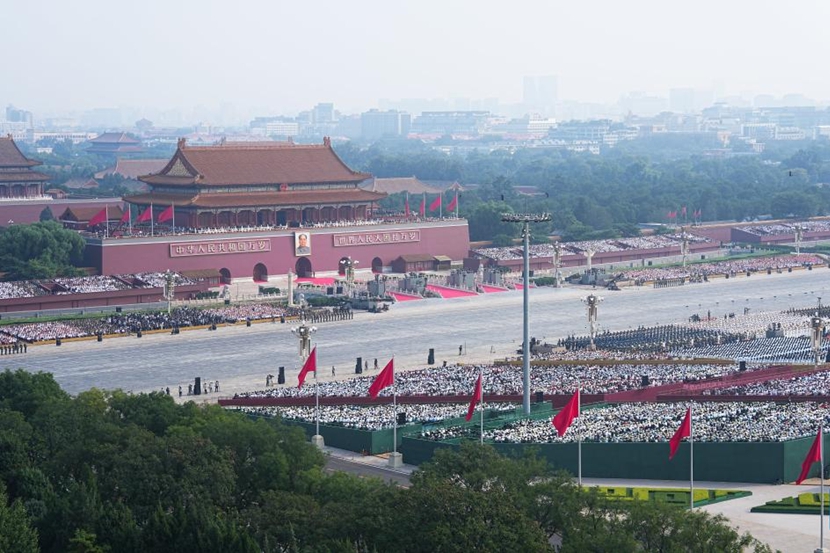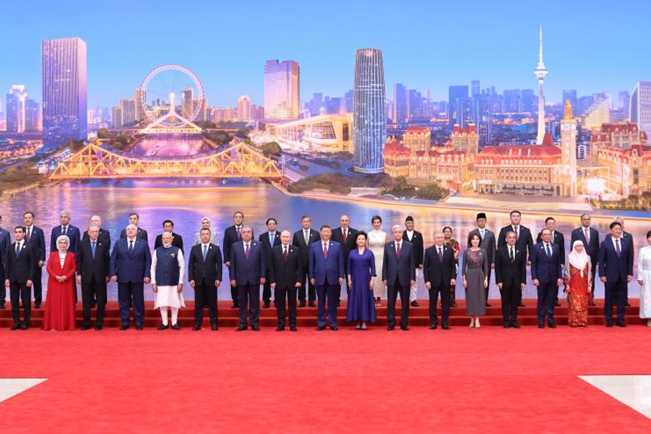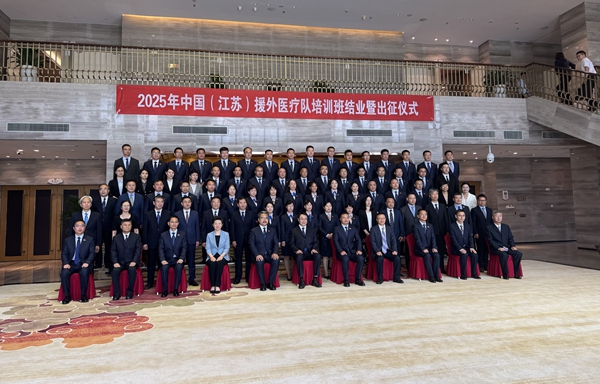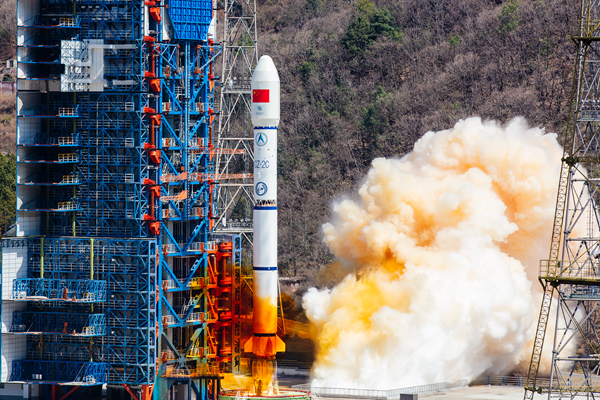
China successfully sent seven satellites into space from the Xichang Satellite Launch Center in southwest China's Sichuan Province on March 5, including Nantong-1 named after Nantong City in Jiangsu Province.
Six of the seven satellites were produced by Beijing-based GalaxySpace and a Long March-2C carrier rocket was used for the launch mission.
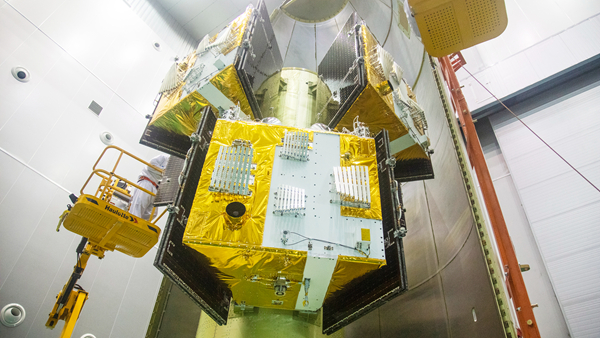
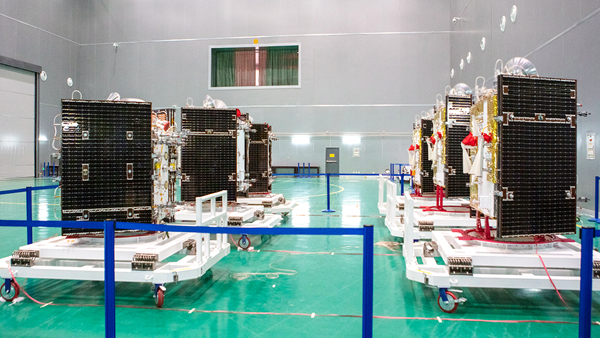
(Photo provided by GalaxySpace)
The satellite Nantong-1 has a transfer capacity of 40 Gbps and a weight about 190 kilograms. It will join other satellites of GalaxySpace to form the nation's first low-Earth orbit (LEO) broadband communication test constellation. The project will build a satellite-ground fusion 5G test network capable of providing communication services for more than 30 minutes each time.
Nantong-1 has further showed the company’s ability to make mass production of satellites at a lower cost.
GalaxySpace, the first unicorn in China's commercial space and internet satellite industry, decided in September 2020 to open a plant for research, development and smart manufacturing in Nantong Economic and Technological Development Zone. After the plant opens, it will have an annual production capacity of 300 to 500 satellites.

